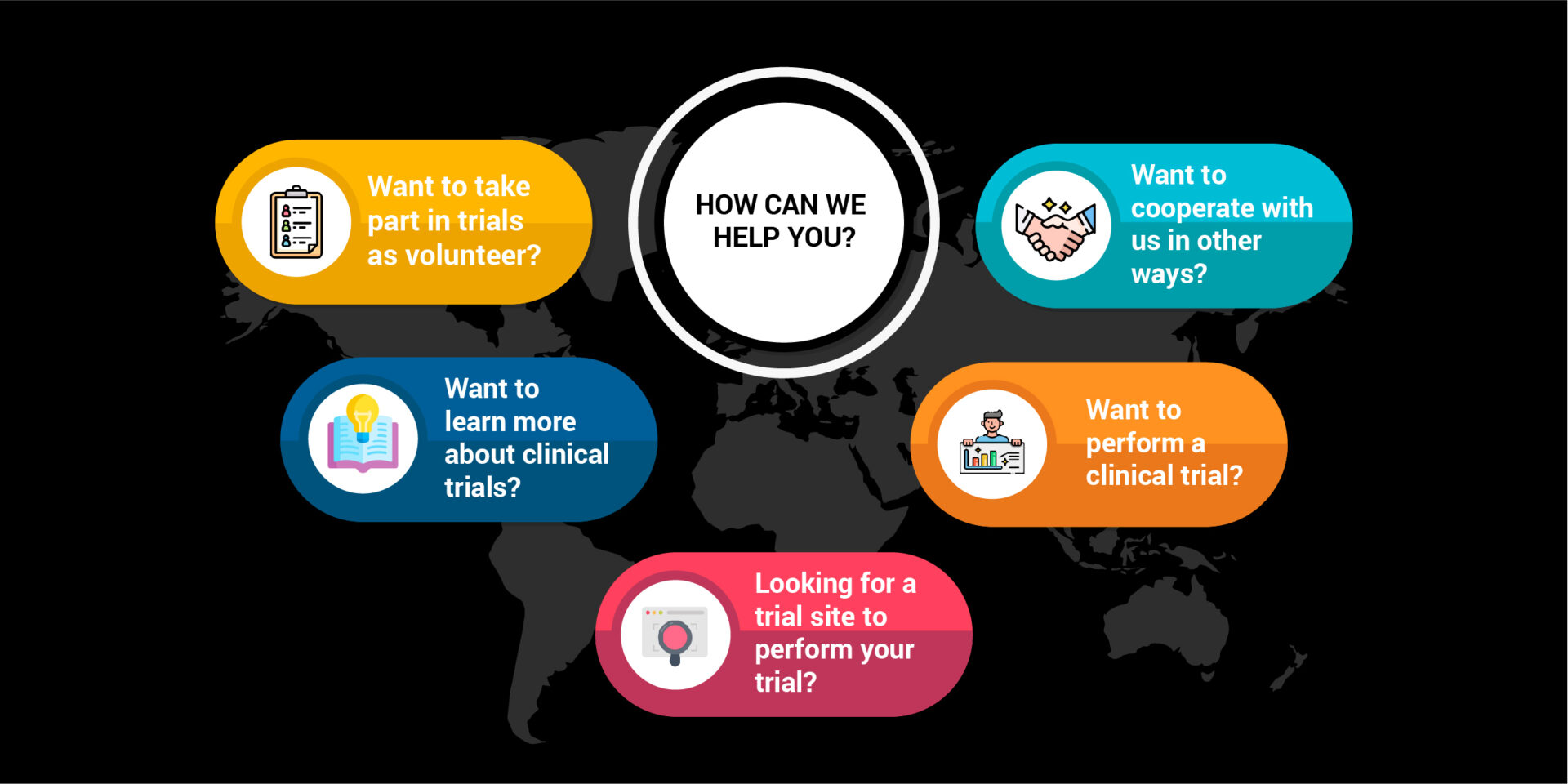Last Updated on April 30, 2024
Boosting patient enrollment for your clinical research website is crucial for successful trials. By implementing effective clinical trial SEO strategies, you can attract more potential participants, improve site visibility, and enhance credibility. Learning this digital approach can help you make a significant impact on your research study’s success. If you’ve been struggling to attract enough participants for your clinical studies, fret no more! We’ve got your back with actionable tips and insights to help your clinical research website reach new heights.
Why SEO Matters in Clinical Trials?
Before we peek into the nitty-gritty of Clinical Trial SEO, let’s talk about why it’s crucial for your website and patient enrollment success. Clinical trial participants increasingly turn to Google to find clinical trial opportunities in this digital age. However, if your website isn’t optimized for search engines, you might be missing out on reaching a significant portion of your target audience.
Imagine if your clinical research website appears on the second or third page of search engine results. Do you think potential participants will diligently scour through multiple pages to find your study? Probably not. People tend to click on the first few links they see, making it vital for your website to rank high on search engine results.
How Does Clinical Trials SEO Help Participants Find Appropriate Study?
SEO is crucial in helping patients find appropriate clinical trials by making relevant information more accessible and visible in search engine results. Moreover, when potential participants are searching for clinical trials related to their medical condition or area of interest, a well-optimized clinical research website can significantly improve their chances of discovering and enrolling in appropriate studies.

Start with Keyword Research:
Keyword research is the backbone of any successful clinical trial SEO strategy. However, participants use certain words and phrases when searching for clinical trials online. Put yourself in their shoes: What would you search for if you were seeking a clinical trial in your specific area of interest?
Brainstorm a list of keywords and phrases related to your clinical trials, such as the medical condition you’re studying, the intervention or treatment, and the location of your research facility. Tools like Google’s Keyword Planner or other third-party clinical trial SEO tools can help you uncover relevant keywords and their search volumes.
Create Informative Content:
Once you have a list of targeted keywords, it’s time to put them to work by creating high-quality content. Moreover, search engines love websites that provide valuable information to users, and content marketing is a powerful way to attract potential participants.
Consider starting a blog on your clinical research website where you can publish engaging articles related to your studies. Furthermore, you could write about the medical condition you’re researching, the benefits of participating in clinical trials, and testimonials from previous participants. However, be sure to optimize your content for clinical trial SEO which will help improve your website’s visibility in search results.
Optimize Your Website’s Technical Aspects:
While engaging content is essential, technical aspects of clinical trial SEO are just as critical. Ensure your website is user-friendly and easily accessible on different devices. Mobile optimization is particularly crucial, as more and more people are using their smartphones to search for information.
Additionally, pay attention to your website’s loading speed. A slow-loading site can frustrate users, leading them to abandon your page and look elsewhere. You can use tools like Google’s PageSpeed Insights to assess and optimize your website’s loading time.
Leverage Local Clinical Trial SEO:
Participants in clinical trials are often required to visit your research facility physically. However, local SEO can significantly boost your patient enrollment by targeting potential participants in your geographic area.
List your research facility on Google My Business and other online directories. Furthermore, ensure your contact information is consistent across these platforms. Encourage satisfied participants to leave positive reviews, as they can enhance your local search rankings and build trust among potential participants.
Empower Your Clinical Trial SEO Through Social Media:
Social media is a potent tool for promoting your clinical trials and driving traffic to your website. Share your blog posts, study updates, and success stories on various social media platforms. Moreover, engaging with your audience and answering their queries create a sense of community around your research.
Furthermore, collaborate with healthcare influencers or relevant organizations to expand your reach. Remember that social media algorithms favor posts with high engagement, so encourage likes, shares, and comments to increase visibility.
Monitor, Analyze, and Adapt:
Clinical Trial SEO is not a one-and-done process. Additionally, it requires continuous monitoring and adaptation to stay effective. However, using tools like Google Analytics to track your website’s performance, understand user behavior, and identify areas for improvement.
Pay attention to which keywords and content drive the most traffic and conversions. Additionally, use this data to refine your SEO strategy continually. Experiment with new keywords, try different types of content and stay up-to-date with the latest SEO trends to maintain a competitive edge.
Designing An SEO Campaign For Clinical Trial Enrollment
Designing a clinical trials SEO campaign for enrollment is a targeted approach to attract potential participants and increase enrollment numbers. Here’s a step-by-step guide on how to create an effective SEO campaign for clinical trial enrollment:
Identifying The Target Audience Via Research:
Understanding your target audience comes first, including the demographics, medical conditions, and preferences of potential participants. Identify the keywords and search terms they would use when looking for clinical trials.
Keyword Research:
Conduct comprehensive keyword research to identify relevant and high-traffic keywords related to your clinical trials. Moreover, focus on keywords specific to trials and have a lower competition to optimize your web for clinical trials’ SEO.
Optimize Website for Clinical Trial SEO Through Keywords:
Using optimized keywords strategically in page titles, meta descriptions, headers, and content helps patients reach appropriate clinical trials. Moreover, create separate landing pages for each clinical trial to target specific keywords.
Develop High-Quality Content
Creating informative and engaging blog posts, articles, FAQs, and testimonials related to each clinical trial grabs attention. Furthermore, use the identified keywords naturally in the content.
Implement Local Clinical Trial SEO:
For clinical trials that require physical visits to research facilities, focus on local SEO. However, optimize your website for location-specific keywords, claim your Google My Business listing, and ensure consistent contact information across online directories.
Link Building and Outreach:
Build high-quality backlinks to your clinical trial enrollment pages from authoritative and relevant websites. Furthermore, collaborate with medical organizations, patient advocacy groups, and healthcare influencers to promote your trials and acquire backlinks.
Social Media Promotion:
Use social media platforms to reach a broader audience and promote your clinical trials. Share your informative content, engage with potential participants, and consider using paid social media advertising to increase visibility.
Track and Measure Results:
Use analytics tools to monitor the performance of your clinical trial enrollment campaign. Moreover, tracks website traffic, keyword rankings, conversion rates, and other relevant metrics. Use the data to make data-driven decisions and optimize your strategies.
Compliance and Ethics:
Ensure that all marketing efforts comply with ethical guidelines and regulations. However, avoid making false claims or overpromising potential benefits to participants. Transparency and accuracy are essential in promoting clinical trial enrollment.
A/B Testing and Optimization:
Continuously test and optimize your clinical trials SEO strategies. Furthermore, experiment with different keywords, content types, and promotional channels. A/B tests various elements of your website and landing pages to improve conversion rates.
Collaborate with Research Sites and Investigators:
Work closely with research sites and investigators to ensure that the enrollment process is smooth and efficient. Provide them with the necessary marketing materials and information to help promote the trials effectively.
Regular Updates and Communication:
Keeping your participants regularly updated helps them with better communication. Moreover, it helps them stay streamlined with newer clinical trials they may benefit from. Use email marketing or newsletters to stay in touch with interested individuals and keep them engaged.
Conclusion
Implementing Clinical Trial SEO is a game-changer for your clinical research website. Moreover, through thorough keyword research, creating compelling content, optimizing your website technically, leveraging local SEO, and harnessing the power of social media, you’ll set your website up for success in patient enrollment.
Remember, clinical trials SEO is more of a journey than a destination. Stay curious, keep learning, and adapt your strategies to stay at the forefront of patient enrollment for your clinical trials. Make a positive impact on healthcare worldwide by accelerating medical discoveries together!





